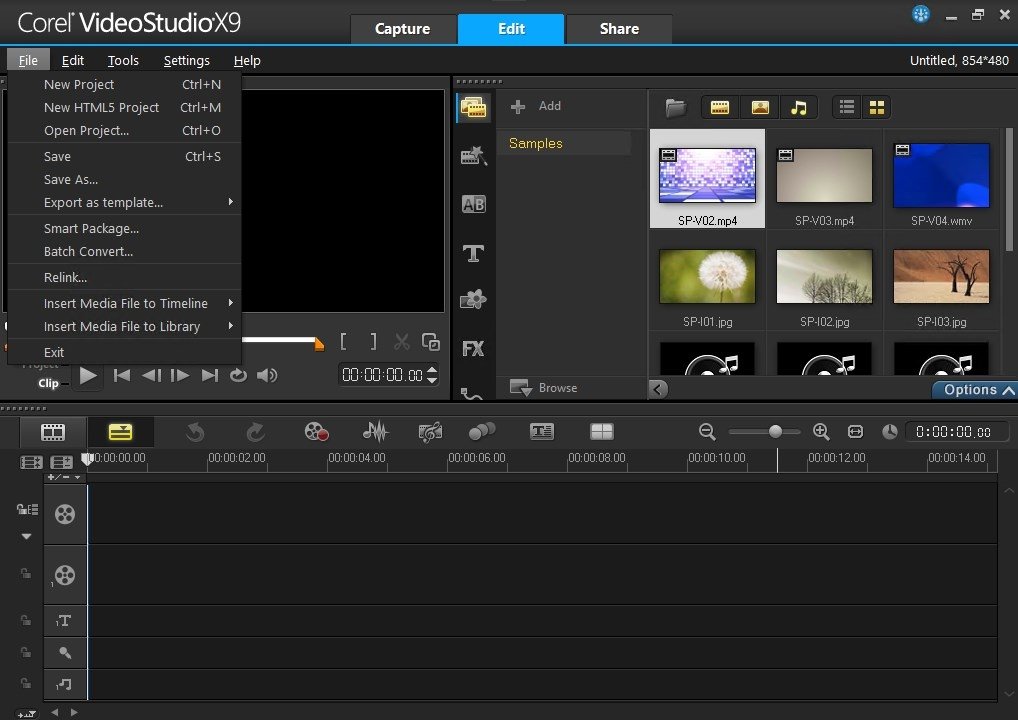


You can normalize audio on multiple tracks This works reasonably well, but it is not as simple and convenient as the sound sync tool in Cyberlink PowerDirector which just lets you select two tracks in the main editing window and immediately synchronize them. It does have a multi-camera editor, however, which is a popup window into which multiple tracks can be imported and auto-synchronized. VideoStudio doesn’t show a ‘live’ view of the wave-form to aligning tracks by eye is a non-starter. Others have built-in tools to analyze and synchronize automatically. Some video editors let you synchronize by aligning the wave-forms by eye - that is, by looking at the audio ‘graph’ on two tracks and simply matching up the peaks and troughs. One of the things I commonly need to do is to synchronize two clips (either two videos shot simultaneously by two cameras or else a video clip with an audio track recorded using a separate microphone).

Here you can select various video formats - AVI, MOV, WMV, MPG-4 and so on - and make adjustments to the size, frame-rate and other parameters. The Share workspace is where you produce and save your video. In the Capture area you can grab video from a connected camera or you can start the screen capture tool to record video direct from your computer screen. You can select these by clicking tabs at the top of the screen. In addition to the video editing environment there are also ‘Capture’ and ‘Share’ environments. Drag one of these onto the timeline and it will automatically add a whole set of graphics, effects and ‘placeholders’ to be replaced by your video clips - this may be useful to novice users and could also be a time-saver if, for example, you need to add a slick intro or outro to a video in a hurry. In addition a set of ‘Instant Projects’ are supplied. To the left of the Library there is a set of buttons that can be clicked in order to browse through sets of Transitions (fades, wipes, page-folding effects and so on), Titles (to add animated text effects), Graphics (static images), Effects (everything from coloured ‘filters’ to sparkles, ripples, distortion effects and rotations), and Paths (to move selected videos in predefined directions). This leaves the top half of the screen divided between the video preview and the Library which is where your source files are arranged. At first sight, X9 looks pretty similar to X4: its main editing screen is divided into three areas with the multi-track timeline, where you arrange your video and audio clips, occupying the bottom half. I last reviewed Corel VideoStudio back in 2011 (version X4). Corel has a version comparison chart here: The principal difference is that the Ultimate edition supports up to six cameras in its multi-camera editor (Pro supports four) and it comes with more video-enhancing effects and filters.
COREL VIDEO STUDIO X9 SCREEN CAPTURE AUDIO PRO
The software comes in two editions - VideoStudio Pro X9 at £59.99 (inc VAT) and VideoStudio Ultimate X9 at £79.99. With a new multi-camera editor and motion-tracking, improved performance and more video and audio effects, Corel VideoStudio X9 is aiming to appeal to serious video makers on a tight budget.


 0 kommentar(er)
0 kommentar(er)
